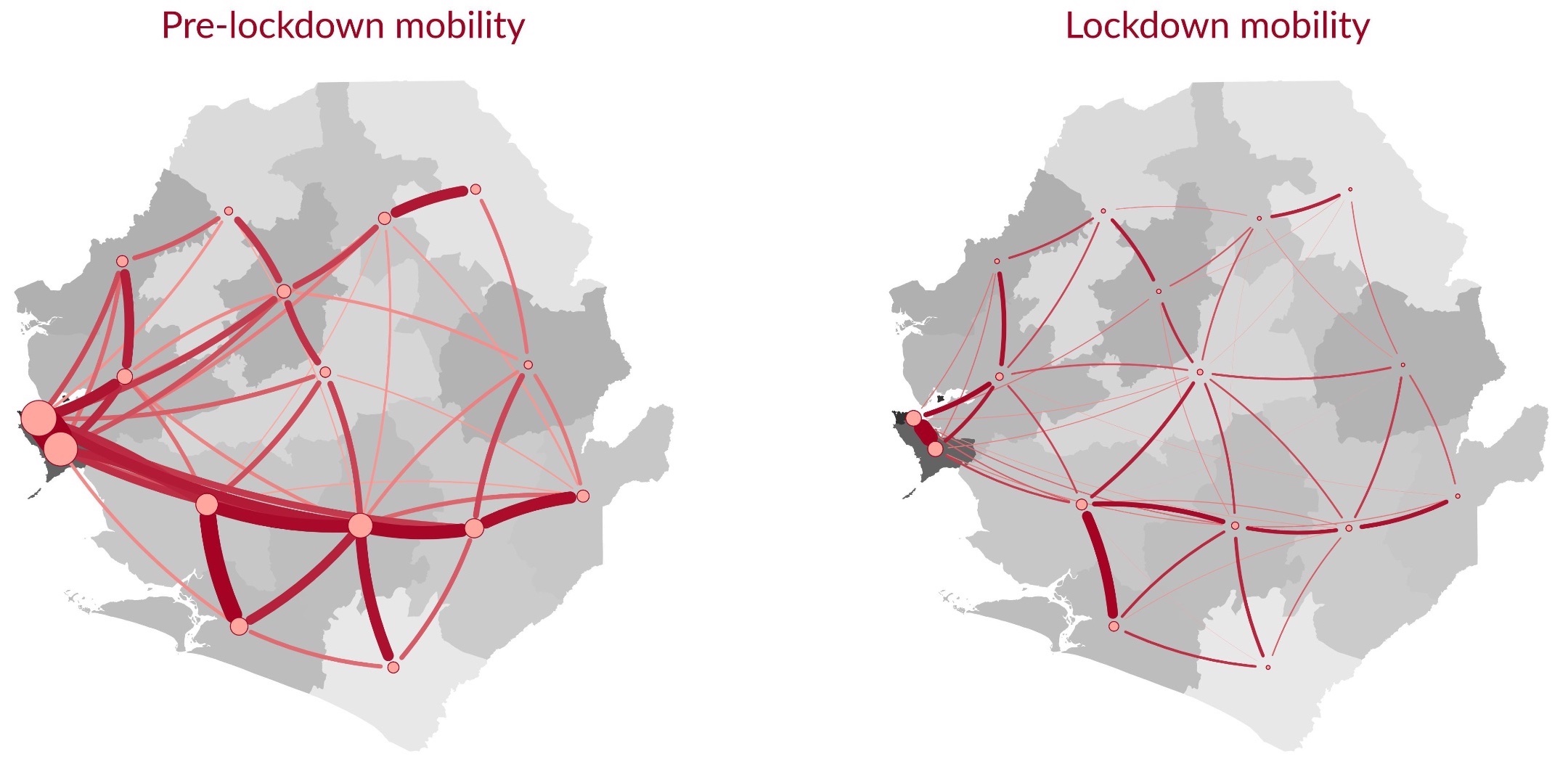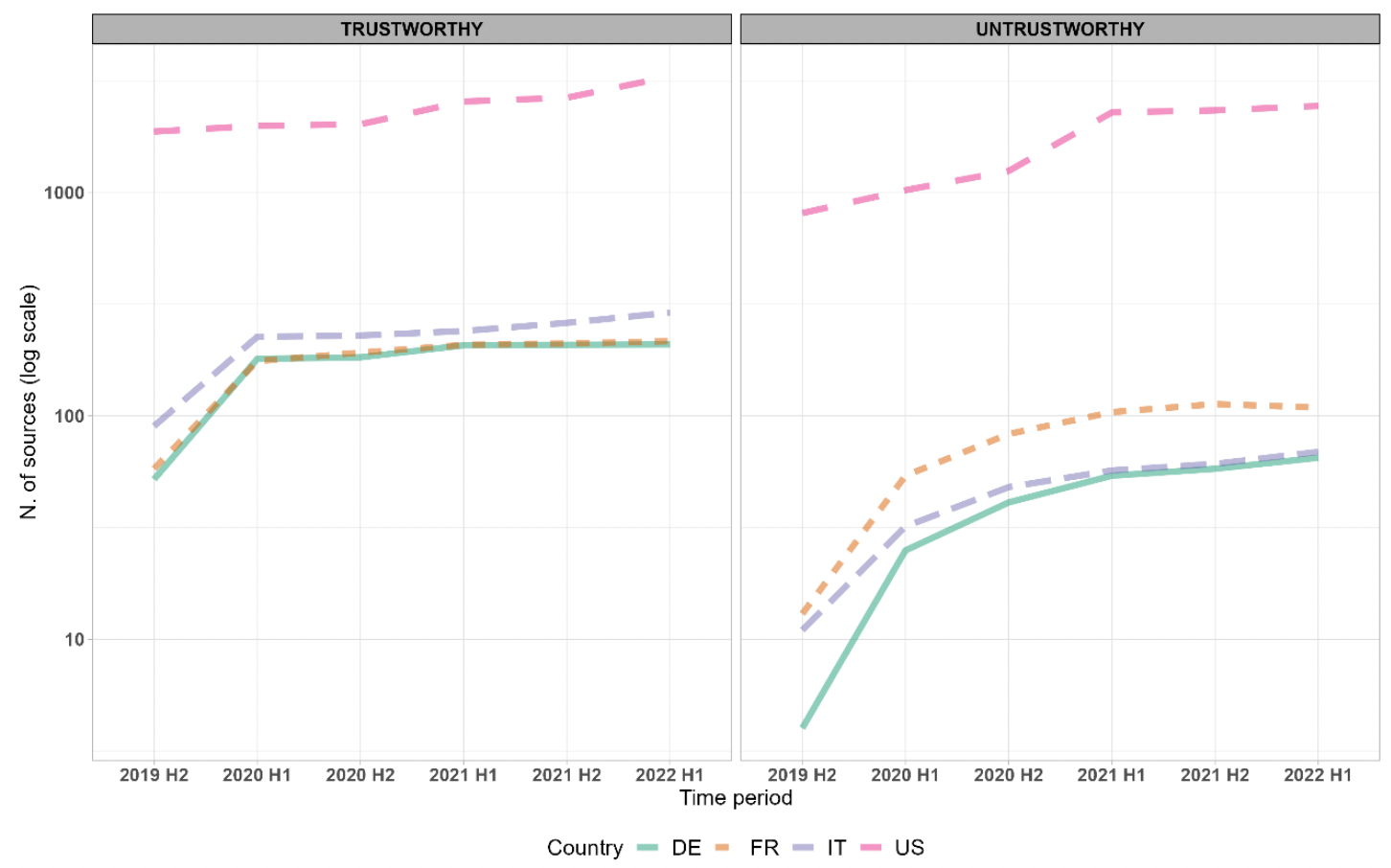We have three brand new papers out, this time in PNAS, Scientific Reports, and the Journal of Quantitative Description:
- Socioeconomic reorganization of communication and mobility networks in response to external shocks, by L. Napoli, V. Sekara, M. García-Herranz, and M. Karsai, published in PNAS

We analyze mobile phone communication data to investigate the dynamics of network segregation patterns of the same set of people both in terms of mobility and of social communication during the initial wave of COVID-19 in Sierra Leone. Interestingly, we find opposite trends in the network segregation dynamics, characterized overall by simultaneous increase in mobility segregation and reduction in social network segregation. Our results underscore the significance of data-driven studies going beyond single-axis approaches to assess the impact of emergency policies. - Drivers of social influence in the Twitter migration to Mastodon, by L. La Cava, L.M. Aiello, and A. Tagarelli , published in Scientific Reports

We analyzed the social network and the public conversations of about 75,000 users who migrated from Twitter to Mastodon, as we NERDS did too a year ago, and observed that the temporal trace of their migrations is compatible with a phenomenon of social influence, as described by a compartmental epidemic model of information diffusion. Drawing from prior research on behavioral change, we delved into the factors that account for variations of the effectiveness of the influence process across different Twitter communities.
Read more in our blog post: https://communities.springernature.com/posts/get-out-of-the-nest-drivers-of-social-influence-in-the-twitter-migration-to-mastodon - Cracking Open the European Newsfeed, by L. Rossi, F. Giglioetto, and G. Marino, published in Journal of Quantitative Description: Digital Media

This paper contributes to the ongoing effort to describe and quantify the quality of information that is shared on large social media platforms. We do this by complementing existing research that provided a first quantitative assessment of the quality of the information circulating on Facebook among US users. Leveraging an updated version of the same data source — Meta’s URL Shares Dataset — and replicating much of the methodology, we quantify the trustworthy and untrustworthy links to external websites that have been shared on Facebook in the period between 2019 and 2022 in three major European countries (Germany, France, and Italy). We observe a clear decline in the number of URLs present in the dataset and an increase in the URLs from untrustworthy domains as a percentage of the total URLs shared in a year. This increase seems to be higher in electoral years (in Germany and in Italy) but it does not translate into an increase of Views received from untrustworthy sources.
